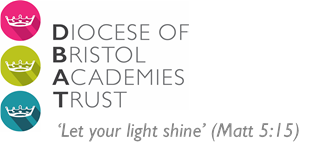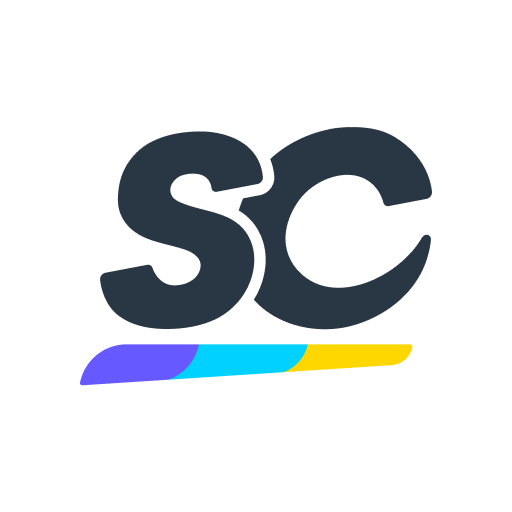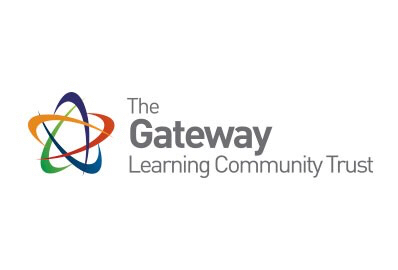Information
-
Audit Title
-
Document No.
-
Client / Site
-
Conducted on
-
Prepared by
-
Location
-
Personnel
Emergencies & Medication
-
Regular and emergency exits are clearly marked and free from obstruction, with emergency lighting available.
-
Evacuation procedures in case of fire alarm or other emergencies are clearly posted by classroom and facility exit doors.
-
Emergency telephone numbers (e.g. EMS, Fire, Police, Poison Control) are clearly posted by all telephones, including in classrooms.
-
Policies and plans of action for emergencies that require rapid response on the part of staff (e.g. a child choking) or immediate medical or dental attention are clearly posted.
-
A well-supplied first-aid kit is available, accessible to staff, out of reach of children, and includes personal protective equipment and The American Red Cross First Aid Manual (or its equivalent). Check first-aid contents, in accordance with First-Aid Checklist.
-
First-aid kits, emergency contact info, and consent are readily accessible on playgrounds and in the kitchen,
-
At least one first-aid and CPR-certified staff person is on site whenever children are present.
-
Fire extinguishers have been maintained/serviced within the the year, and have tags documenting up to date inspection clearly attached.
-
Nonporous gloves are available for use when dealing with bloody bodily fluids.
-
All medications are properly labeled (with child's name, medication name/dosage, name/phone number of physician); under lock and key; refrigerated if necessary; and out of reach of children.
-
There is a "sick child area" (a room, part of a room, or separate area) furnished with sleeping equipment and sheets or other coverings, for children who are feeling ill or exhibiting symptoms of illness or disease.
Health & Nutrition Practices
-
Number of staff and children present in the classroom is consistent with required ratio
-
Cots are placed at least 3 feet apart.
-
At meal/snack times, all (toddlers and preschool) children, classroom staff and volunteers eat together family style and share the same menu to the extent possible.
-
At meal/snack times, sufficient time is allowed for each child to eat.
-
At meal/snack times,each child is encouraged, but not forced, to eat or taste his or her food; food is not used as punishment or reward.
-
Staff, volunteers and children wash their hands (with soap and running water) before food-related activities.
-
Once daily, after a meal, adults assist children (age 2+) in brushing their teeth.
-
Staff, volunteers, and children wash their hands (with soap and running water) after diapering or after use; whenever hands are contaminated with blood or other bodily fluids; after handling pets or other animals.
-
Staff and volunteers wash their hands (with soap and running water) before and after giving medications, before and after treating or bandaging a wound, and after assisting a child with toilet use.
-
Whenever a toy is placed in a child's mouth, or otherwise contaminated by body secretion or excretion, it is removed from general use and washed (either by hand, using water and detergent, then rinsed, sanitized and air-dried, or in a mechanical dishwasher/washing machine).









